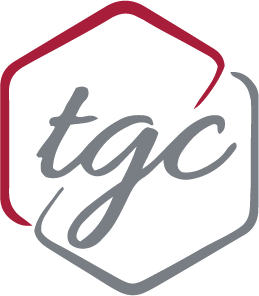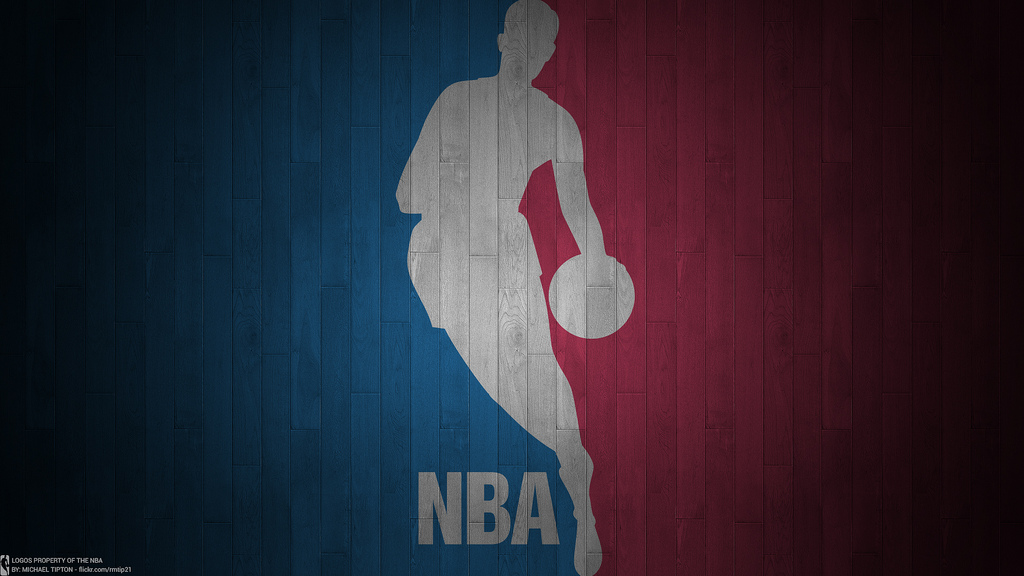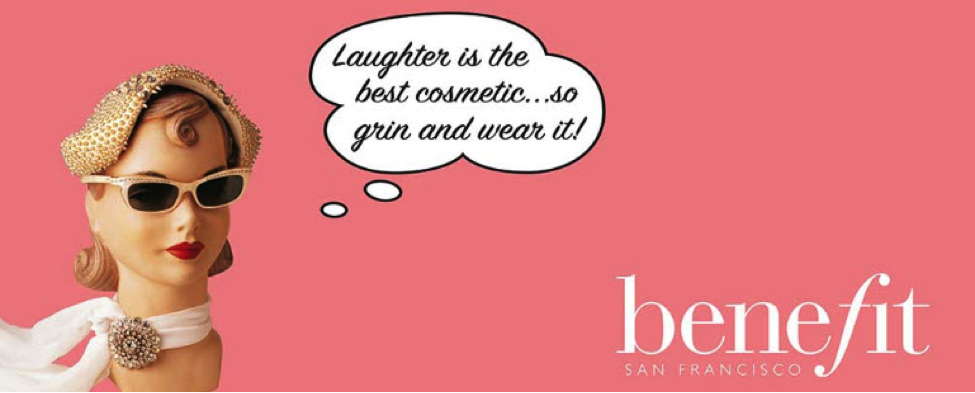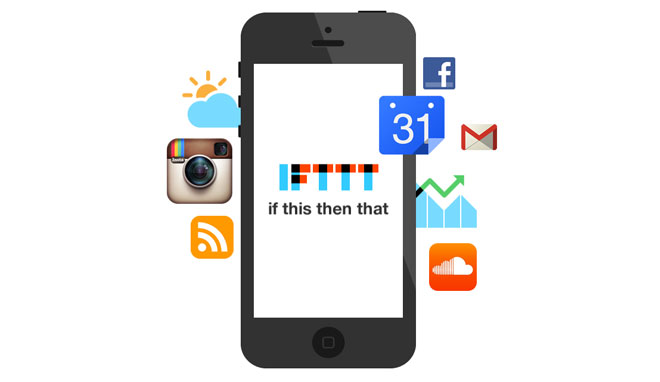Tag: Twitter
-
#SafteyFirst
“Chico PD has alerted campus to be on the lookout for a male who may be approaching campus with a gun. Please call 911 if you see this person we will send further information as available. Thank you.” Thousands of Chico State students received that exact message on Sept. 7, 2016. These types of emergency…
-
Unoccupied and Unplugged
Imagine you are sitting in a room. It is a plain room; there is not much to look at. Your phone is dead, your computer is in the other room and you cannot seem to figure out what to do with your time. You could leave, but you really don’t feel like getting up and walking…




